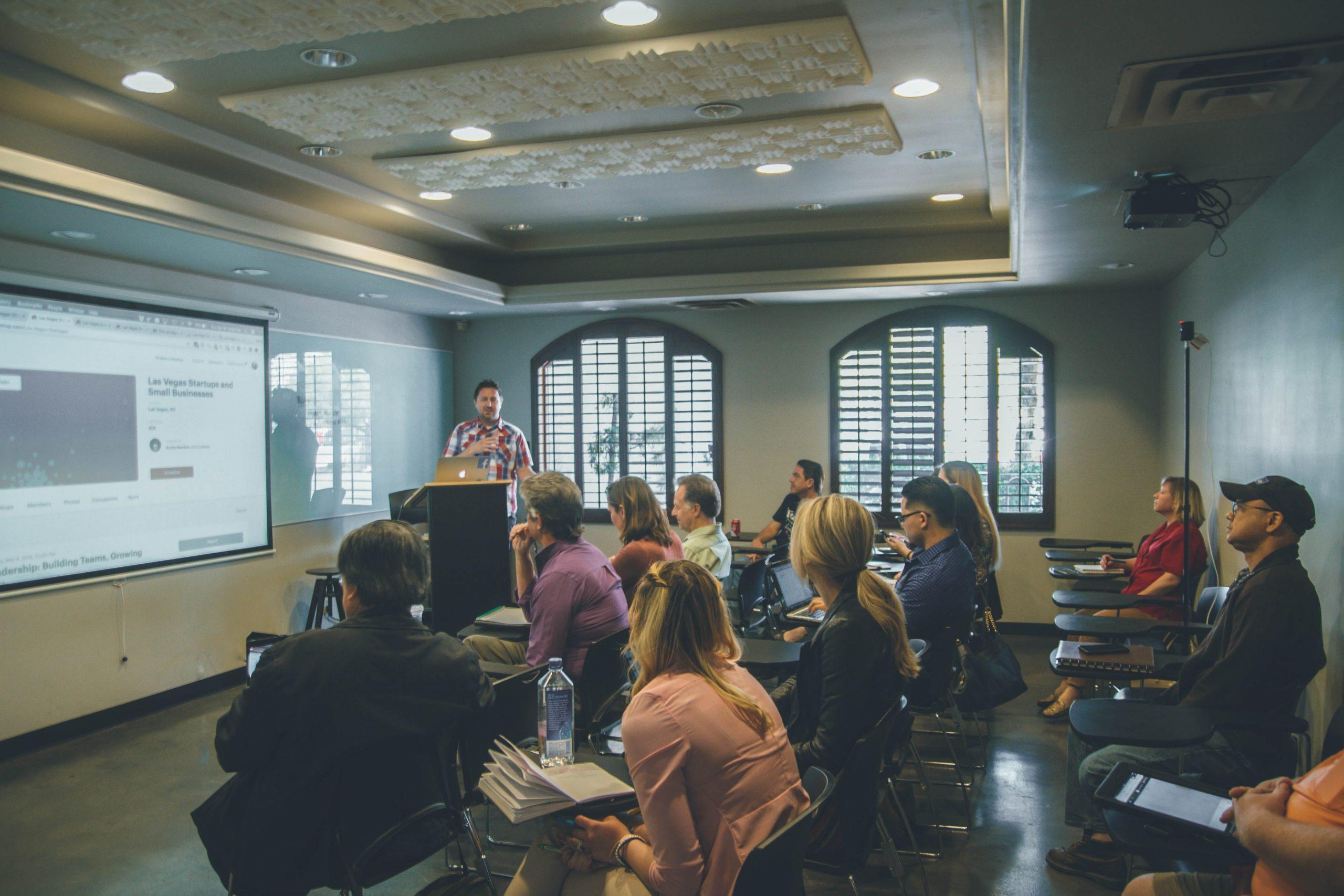Helping people adopt evidence-based practices is notoriously difficult. Even in matters of life and death, evidence-based practices frequently go unadopted or take an incredibly long time to enter widespread use. As Bauer, et al. (2015) explain,
It has been widely reported that evidence-based practices (EBPs) take on average 17 years to be incorporated into routine general practice in health care. Even this dismal estimate presents an unrealistically rosy projection, as only about half of EBPs ever reach widespread clinical usage.
Soicher, Becker-Blease, and Bostick (2020) describe a similar – perhaps even worse – state of affairs in education:
Despite the tremendous advances in basic and applied research in cognitive psychology, educational psychology, and the learning sciences, few evidence-based practices have been taken up by college professors into routine practice in college classrooms, while ineffective practices stubbornly remain.
Why is it so difficult for people to adopt evidence-based practices? In the case of college and university faculty adopting evidence-based teaching practices, some of the reasons appear to be personal. Smith and Herckis (2018) provide an amazing report of related work in the adoption of technology-enhanced learning resources, which has definitely influenced my thinking on this topic.
It’s a truism in higher education that the majority of faculty have advanced degrees in their disciplines but no formal training in teaching and learning. Absent formal training, many faculty replicate the teaching and learning practices of one (or more) of their favorite professors. Under the circumstances, this is a completely rational approach. If you took one or more classes from someone, learned a lot, and even went on to become faculty yourself, then your former teacher’s practices must have been effective. “I know they work, because they worked for me.”
Faculty’s mental models of what “good teaching” looks like are thus deeply personal because they are intertwined with their own experiences as learners. Their teaching practices can even become entangled with their sense of identity, leading faculty to think of the way they teach as a part of “who they are.”
Consequently, the invitation to adopt an evidence-based teaching practice in order to better support student learning can feel like a personal attack. Rather than hearing, “that teaching practice you’re using is less effective,” the intertwingling of teaching practices with personal identity can lead faculty to hear ‘you are less effective.’ As Smith and Herckis (2018) explain,
If advice about how to teach conflicts with these personal feelings about good teaching, faculty are likely to reject it even if it comes from scientific studies of effective instruction and improved learning.
I, for one, spent a lot of my professional life believing that showing faculty the data was all that would be necessary. That if a preponderance of well-designed studies showed that a specific teaching practice was more effective, the scholarly evidence would be sufficiently persuasive on its own. As you may imagine, I spent a lot of my professional life being disappointed in this regard. I had to hear Smith and Herckis’ message a couple of times for it to really sink in. Gorard, See, and Siddiqui (2020) provide another view:
Educators can often be skeptical about evidence, or treat it in a superficial way (Finnigan et al., 2013), depending upon their prior beliefs (Cook, 2015). So, even high quality research will make no difference unless potential users are receptive to new knowledge.
The question becomes – what can we do to help faculty be more receptive to new knowledge about evidence-based teaching practices? What would be the first steps of a professional development experience with a high likelihood of helping faculty make long-lasting changes to their teaching practices that will benefit student learning?
Perhaps it begins with helping faculty understand – both intellectually and emotionally – that they are not their teaching practices. If we can help faculty create some intellectual and emotional distance between themselves and their current approach to teaching, that space can become a place of new possibilities.
